Yogasanas To Improve Memory – This article emphasizes the importance of memory in our lives and the complications many people face in today’s fast-paced world. Many individuals suffer from memory difficulties due to stress, information overload, and other circumstances. The article emphasizes the benefits of yoga asanas in Improving Memory and cognitive function. It includes thorough explanations and directions for specific yoga asanas believed to improve memory.
Pranayama,Viparita Karani, Padmasana (Lotus Pose), Sarvangasana (Shoulder Stand), Paschimottanasana (Seated Forward Bend), Bhramari Pranayama (Bee Breath), Vrikshasana (Tree Pose), and Shavasana (Corpse Pose) are among the asanas covered. Each asana’s method, advantages, and impact on memory improvement describe. The essay emphasizes the value of consistent practice and how specific yoga asanas can improve memory, calm the mind, reduce tension, and promote relaxation.
Table of Contents
Types of yoga asanas for improving memory
Pranayama
Pranayama, an essential part of yoga, has many benefits, including improved memory. Nadi Shodhana, also named Alternate Nostril Breathing, is one such asana that can significantly improve memory function. This approach improves mental clarity and concentration by consistent the brain’s right and left cerebral hemispheres. Nadi Shodhana purifies the energy channels by controlling breathing and focusing on inhalation and exhalation, improving brain function and memory retention. This asana, when practiced regularly, can result in noticeable gains in memory and cognitive ability.
Viparita Karani
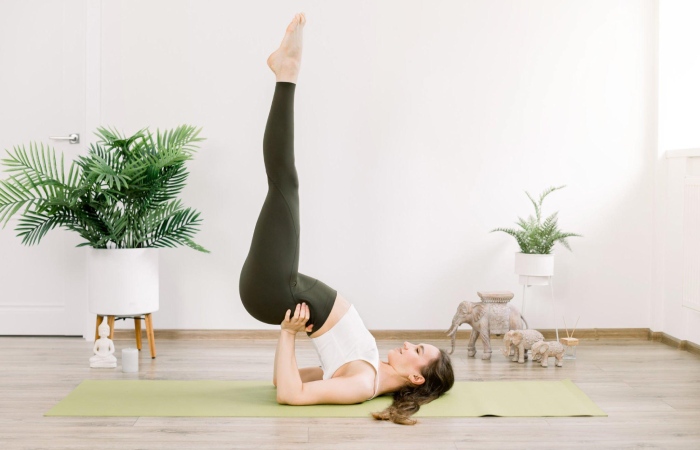
Another form of yoga asana recommended for memory improvement is Viparita Karani. It also promotes deep relaxation and better blood circulation to the brain, which aids in mental clarity and attention. It also promotes improved sleep quality, which can help increase your memory power.
Padmasana (Lotus Pose)

Padmasana is a classic meditative pose recognized for calming the mind and increasing focus. Seated on the ground, legs crossed, one foot on each thigh. Possess your spinal cord straight, put your hands on your knees, and close your eyes. Deep breathing allows the mind to rest and thoughts to decrease. Padmasana practice regularly helps increase focus and memory.
Sarvangasana (Shoulder Stand)
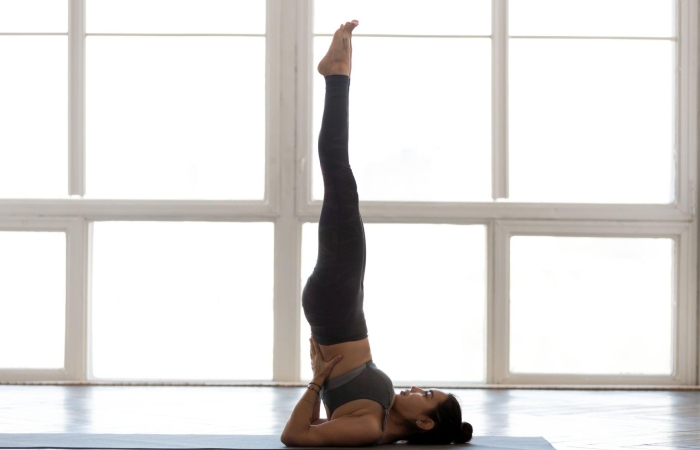
Because of its many physical and mental benefits, Sarvangasana is renowned as the “queen” of asanas. Rest on your spine and climb your legs, hips, and back off the floor with your palms on your lower back to support yourself. This inversion position boosts neuronal activity by increasing oxygen flow to the brain. Regular Sarvangasana practice improves memory and mental clarity.
Paschimottanasana (Sitting Forward Bend)
The complete back of the body, including the spine and hamstrings, is stretched in Paschimottanasana. Bend your legs out in front of you though you sit on the ground with your toes directed upward and your feet contracting. Inhale deeply, then exhale by bending forward from the hips and reaching towards your feet or ankles. This position helps relax and release body tension, which aids the quiet of the mind, reduces anxiety, and improves memory.
Bhramari Pranayama (BeeBreath)
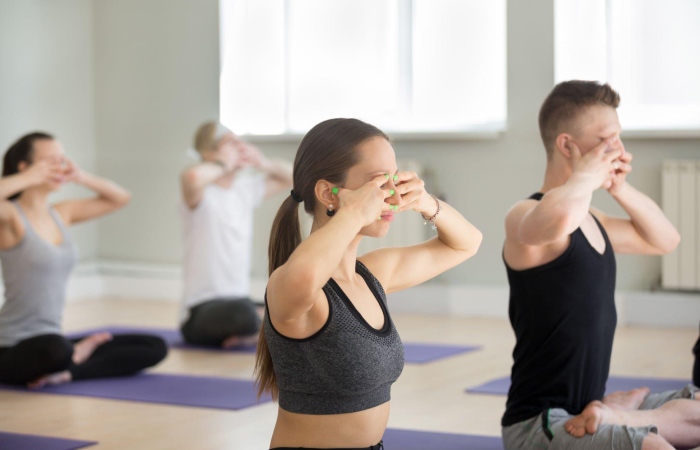
Bhramari Pranayama is an effective breathing method for improving memory and focus. While seated peacefully, close your eyes and take a deep breath. Exhale slowly while making a bee-like humming sound. This pranayama relaxes the nervous system, lowering tension and boosting cognitive performance. Bhramari Pranayama, when practiced regularly, can improve memory and mental attention.
Vrikshasana (Tree Pose)
Vrikshasana is a yoga posture. It is a standing balance position that enhances mental and physical equilibrium. Stand with your feet hip-width apart. Place your weight on one foot, twist the other knee joint, and place the sole of the standing leg on the inner thigh. Take your hands together in front of your chest in a prayer pose. This stance improves memory and cognitive abilities by improving concentration and focus.
Shavasana (Corpus Pose)
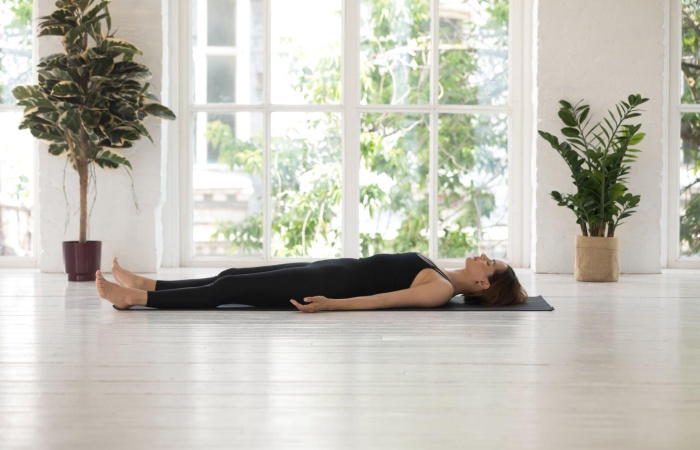
Shavasana is a restful pose that allows the body and mind to recharge. Close your eyes and relax your complete body. Let go of any tension or stress. Relax on your back, arms and legs stretched, and hand facing up. This stance relaxes the mind, decreases anxiety, and improves sleep. Because adequate relaxation requires memory consolidation, Shavasana is a vigorous yoga asana for memory improvement.
Benefits Of Practicing Yogasanas To Improve Memory
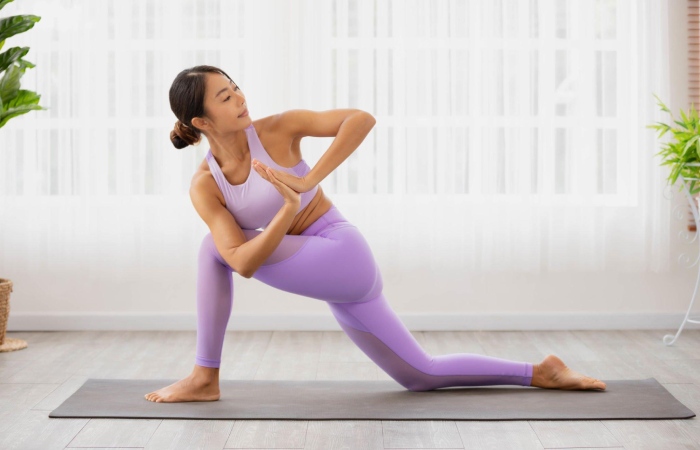
The practice of Yogasanas to Improve Memory report has several benefits, ranging from improved memory recall to improved concentration and focus.
Practicing Yogasanas to Improve Memory can help you:
- Fast and accurate recall of information
- Improve your logical thinking skills.
- Improve your short- and long-term memory
- Improve your focus and concentration.
- Reduce tension by relaxing the mind.
- Improve your mental agility and multitasking ability.
These are a few benefits of adopting Yogasanas into your daily routine. It will progress your memory and be a great method to clear your mind and focus on the task.
Tips For Practicing Yoga For Memory Improvement
Below are several tips that can aid you:
- Start slowly. Please don’t overdo it; initially, it is vital to start with low-impact poses and progress to challenging ones as you get stronger.
- Listen to your body. Yogic poses should adapt as per your needs and flexibility levels. But remember, if something hurts or causes discomfort, stop doing it.
- Maintain proper form throughout each pose and breathe deeply while you practice. It helps keep muscles relaxed and improve focus.
- Take regular breaks and alternate between seated and standing poses so your body does not get too tired or stressed.
- It is important to end each yoga session with a few minutes of relaxation in corpse pose or savasana, where you lie down on the ground with your eyes closed and gradually rest on each part of your body, from your toes to your toes and the top head.
- It recommends practicing yoga asanas three times a week for at least 25-30 minutes at a time for best results when trying to improve memory retention and cognitive ability using yoga postures.
Conclusion
In the above article, we, vigor blog, have discussed some essential points related to Yogasanas To Improve Memory. Including yoga asanas in your routine can help you improve your memory and mental functioning. We hope that you found the following content to be helpful and informative. Keep visiting our website to read more insightful articles.
Related posts
Featured Posts
Know All About Massage Chair
Massage chair – Are You Suffering From Depression? Here’s How Massage Chairs Can Help Massage chair – For a long…
Online Clothing Boutique
An independent online store known as an online clothing boutique usually offers fashionable apparel. They offer the ease of…


